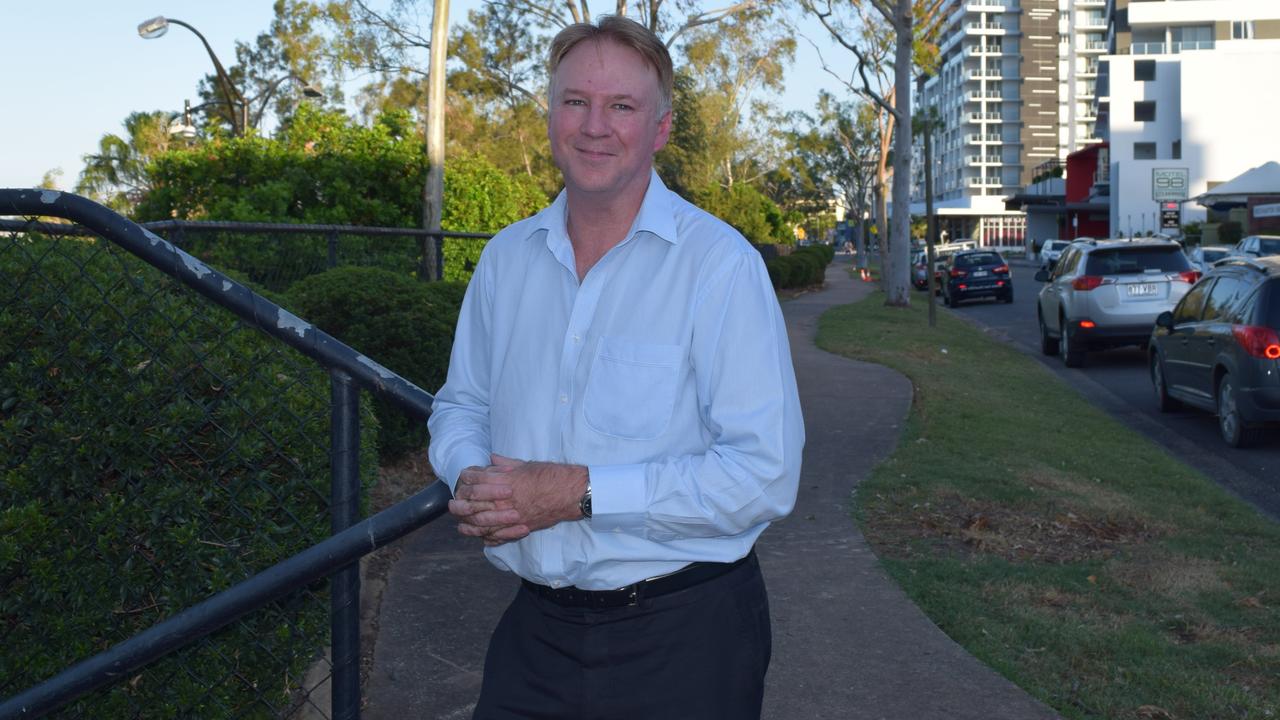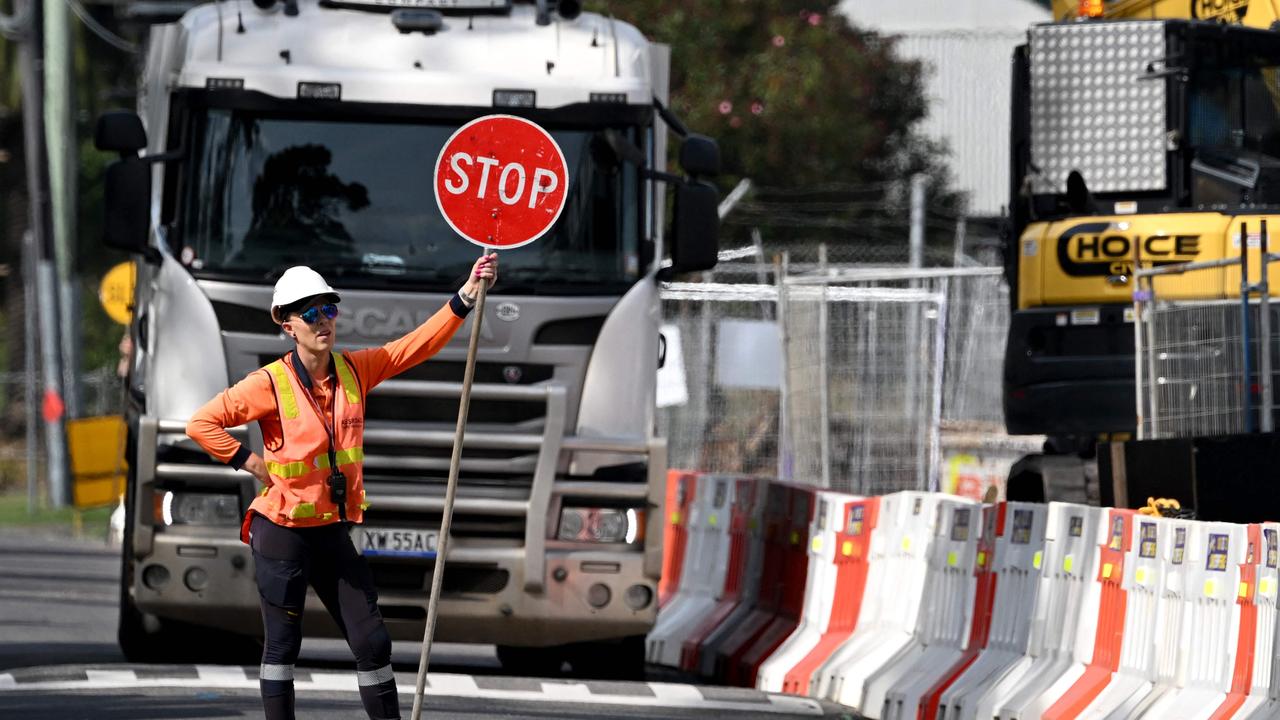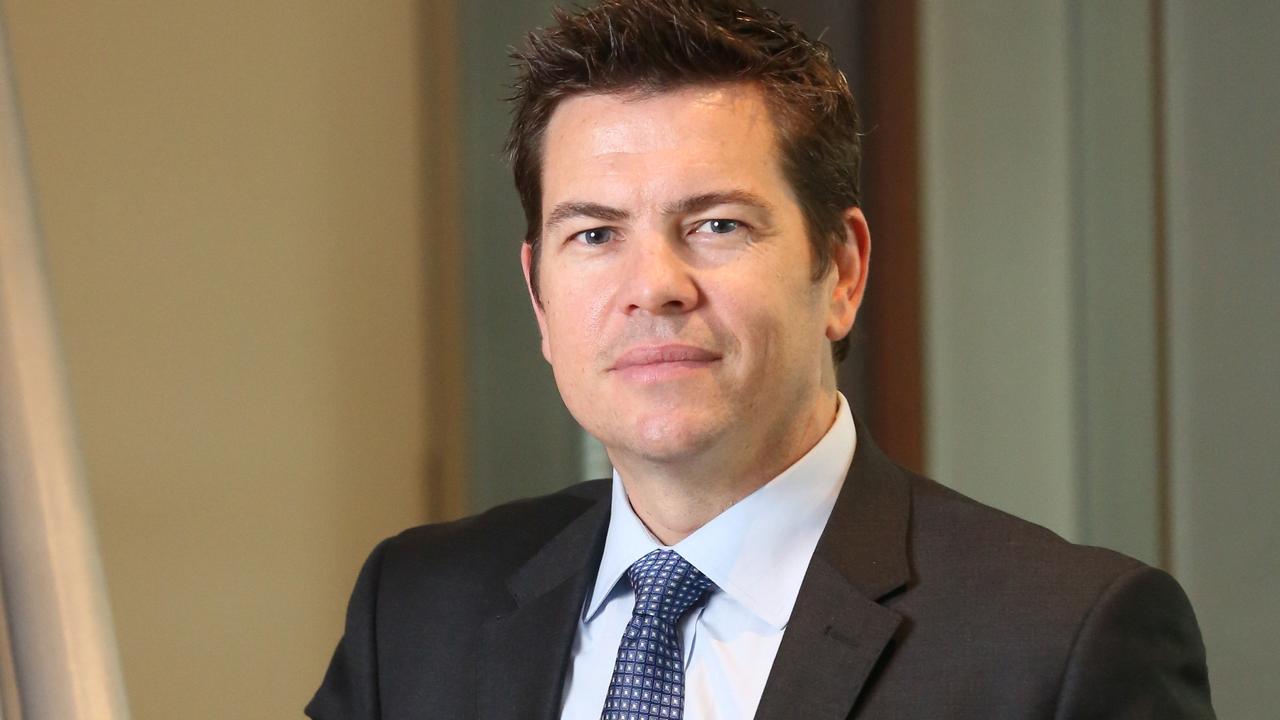NAB CEO warns more interest rate rises to follow after RBA’s April pause
Homeowners were delivered some welcome relief this month but there are warnings they shouldn’t get comfortable with more “pain” coming.
While Aussie homeowners were delivered a welcome reprieve as the Reserve Bank paused its aggressive rate hiking cycle this month, one major bank boss has delivered a grim warning about what’s to come.
The RBA revealed on Tuesday it was holding interest rates at 3.6 per cent but National Australia Bank (NAB) CEO Ross McEwan believes more pain is headed homeowners way.
He has tipped two more rate rises to be pushed through as a way to tackle inflation.
“You are starting to see the early signs it is slowing down, and the changes are biting in to the consumer and what they are spending money on,” he told the Australian Financial Review.
“They are starting to be more cautious, and it does hurt. It is not just interest rates, it is rental, grocery bills, power accounts, fuel in the car – but we need to get rid of inflation.”

Just one 0.25 per cent increase to interest rates would add another $82 to the monthly repayment on a $500,000 loan.
“Despite the rate rise pause in April, the damage to borrowers has already been done. A $500,000 loan taken out at the average rate of 2.98 per cent in April 2022 is now paying a 6.48 per cent rate and repayments have gone up by a frightening $1051,” said Canstar’s finance expert Steve Mickenbecker.
“The pressure on borrowers has become intense, with first home buyers of the last two years particularly feeling the pain, having entered the market at record prices and with big loan sizes.
“Borrowers will be pleased to see a 0.6 per cent recovery of prices in March according to the latest CoreLogic figures, but they are still a long way from recovering the equity lost over the last 12 months. It’s too early to call a sustained recovery in property prices.
“Existing mortgage holders with an average variable rate are still paying 1.54 per cent higher than the lowest variable rate of 4.94 per cent on Canstar, giving the potential to save $488 a month on a $500,000 loan repayment.”

Other experts also believe that the pause in interest rates increases is only temporary.
Moody’s Analytics’s economist Harry Murphy Cruise said the recent banking turmoil in the US and Switzerland was the deciding factor to hold rates by the RBA.
“Not because the board is worried about the stability of Australia’s financial system; in fact, it highlighted the strength of Aussie banks. Instead, the board noted it expected tighter financial conditions to come from overseas volatility, helping to ease global inflation pressures,” he explained.
“Despite the pause, the fat lady isn’t singing just yet. The board will need to see a continued easing in the labour market, inflation and household spending data in coming months to ensure it’s on the right path.
“If that doesn’t eventuate, we can expect the board to push ahead with tightening.”

Bank of Queensland’s chief economist Peter Munckton also believes the RBA could push through two more hikes that would send interest rates soaring by 0.5 per cent.
“Thereafter I think that the RBA would prefer that the cash rate remain at its peak level for some time – 12 to 18 months – to ensure that inflation returns towards 2 to 3 per cent,” he said.
“The current high level of job vacancies suggests that there is unlikely to be any imminent rise in the unemployment rate.”
While the RBA held fire this month, Betashares chief economist David Bassanese also predicted it has “left its finger firmly on the rates trigger”.
“What’s more, the RBA has also paused interest rates despite higher underlying inflation and lower official interest rates than in the United States,” he said.
“Indeed, annual trimmed mean inflation in the December quarter was a scorching 6.9 per cent compared to 6.5 per cent in the United States at end-February. The RBA cash rate remains at 3.6 per cent compared to America’s Fed fund rate range of 4.75 to 5 per cent.”

However, he also noted that Australia has more variable rate mortgages than in the United States, meaning a lift in short-term interest rates has a more direct impact on household spending power.
“Sadly, the impact is highly unfair, with the burden of monetary restraint being borne by heavily indebted households with a mortgage,” he said.
“As the RBA went on to note “while some households have substantial savings buffers, others are experiencing a painful squeeze on their finances”.”
The RBA appears to have decided to take a breather to allow a little more time to assess the impact of its work to date rather than walking away from hiking interest rates in the future, Mr Bassenese noted.
He believes this will create a nervous wait for homeowners every month, but has forecast that the RBA will begin cutting interest rates again in November on Melbourne Cup day.

However, HSBC chief economist of Australia, NZ and global commodities Paul Bloxham believes that interest rates will be on hold for the next few quarters – in contrast to other central banks around the world.
Australia’s cash rate is currently comfortably below that of comparable countries such as the US, UK, New Zealand and Canada, yet interest rates in this cycle both domestically and globally have risen at its most aggressive pace since the early 1990s.
“One factor that has allowed the RBA to pause is that although inflation is high, it has not yet fed through to uncomfortably high wages growth,” he said.
“We also see the RBA as putting a higher priority on delivering a soft economic landing than other central banks which appear more focus on getting inflation down more quickly, even if it means a recession.”

He also noted that the RBA’s statement after its April meeting was “quite a bit more downbeat on the economy than previous ones”.
“The statement noted that growth in the economy had slowed and that there had been a ‘substantial slowing in household spending’, reflecting the rapid rise in interest rates, high inflation and falling housing prices,” he added.
“The statement also noted that ‘monetary policy operates with a lag and that the full effect of [the] substantial increase in interest rates is yet to be felt’. Part of the reason for the pause is to assess the impact of the tightening that has already been delivered.”






